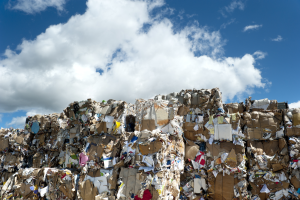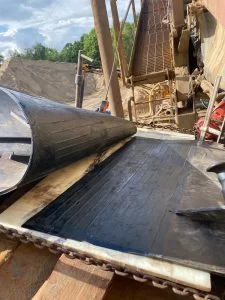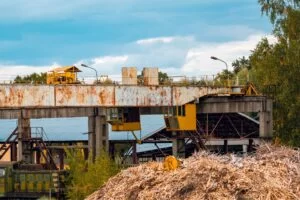One of the UK’s largest quarrying firms has been given the go-ahead to continue operations at its Cunmont Quarry site on the border of Dundee and Angus until 2042.
9, a:1:{i:0;s:8:”defaults”;}, Dundee/Angus Quarry To Operate To 2042, One of the UK’s largest quarrying firms has been given the go-ahead to continue operations at its Cunmont Quarry site on the border of Dundee and Angus until 2042., One of the UK’s largest quarrying firms has been given the go-ahead to continue operations at its Cunmont Quarry site on the border of Dundee and Angus until 2042.
The Courier reported on the decision, which gives the quarry’s owners Breedon a 20-year extension to operations at this particular quarry.
It’s estimated that in this time, more than two million tonnes of working rock can be extracted before the quarry’s working life comes to an end. On average, Breedon will remove 200,000 tonnes of rock each year once operations at the Cunmont site recommence.
The news provider explained that the extension simply rubber stamps the planning conditions that have been applied to the site since it was first established in 1969, when there were no conditions attached to the operation of the quarry.
New legislation introduced since 1969 has seen planning conditions attached to the quarry, with the introduction of the Scottish planning act in 1997 seeing the latest round of additions.
According to the newspaper, this piece of legislation resulted in 22 planning conditions being attached to the quarry in 2001, following the formal planning approval for mineral extraction to continue until 2042.
Alan Hunter, planning official, told councillors at the meeting that this is “purely a review of the planning conditions and not an opportunity to consider whether it is an appropriate quarry”.
Breedon intends to carry out quarrying at the site in three phases, before restoring the land. The company has also submitted a restoration plan for the site once quarrying ends. This includes a five-year aftercare plan and will see woodland, flora and grassland introduced to the site. The quarry void will also be allowed to fill with water.
The company stated that it will use drilling and blasting to extract the rock at Cunmont. “Following the introduction of very stringent regulations in recent years all blasts are now individually surveyed, designed and monitored to an exacting specification,” it said.
Among the planning conditions are restrictions on the times that the quarry can operate as well. On weekdays, operation is only allowed between 7am and 7pm, while on Saturdays operations have to cease by 2pm and no work is allowed on Sundays.
The planning conditions also specify noise levels that the company has to adhere to.
Cunmont Quarry isn’t the only mineral extraction site that’s set to see its operations extended. Last month, the Northern Echo revealed that Ingleton Quarry in the Yorkshire Dales National Park has been granted permission to extend its operations at the site until 2025.
The news provider explained that this is just one of 15 quarries in England and Wales that’s capable of producing the high-specification aggregate that’s suitable for heavy traffic road surfaces. It also revealed that, if the quarry was not allowed to extend its operations, over one million tonnes of stone would be left at the site.
Hanson, which operates the site, has also introduced a range of measures to reduce the noise at the site following complaints from local residents. These include installing rubber lining on the primary crusher.
If you’re looking for crusher blade manufacturing services, get in touch with us to find out how we can support your quarrying operations., field_544dcaa8220f0, , field_543e9601d7f94




